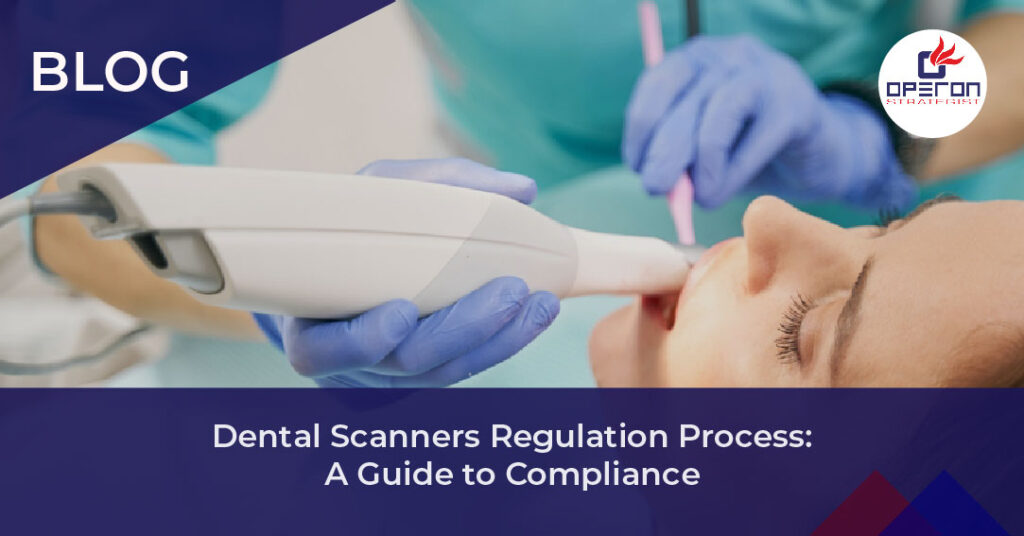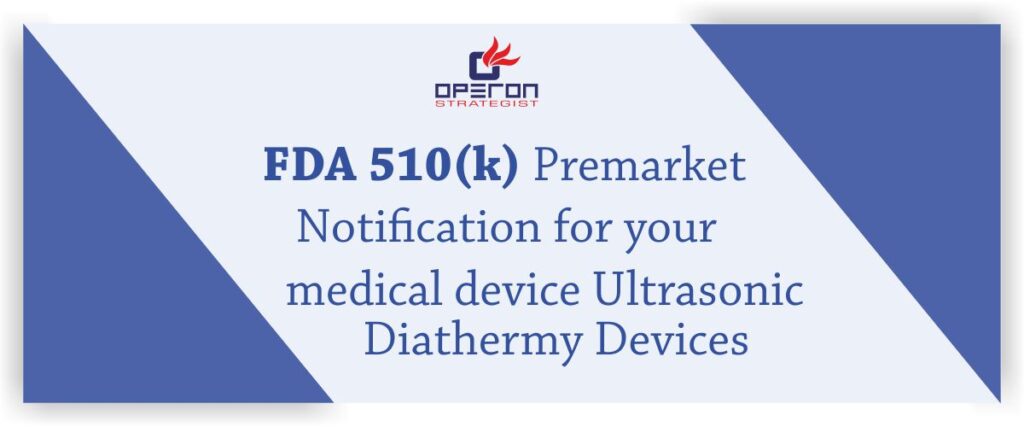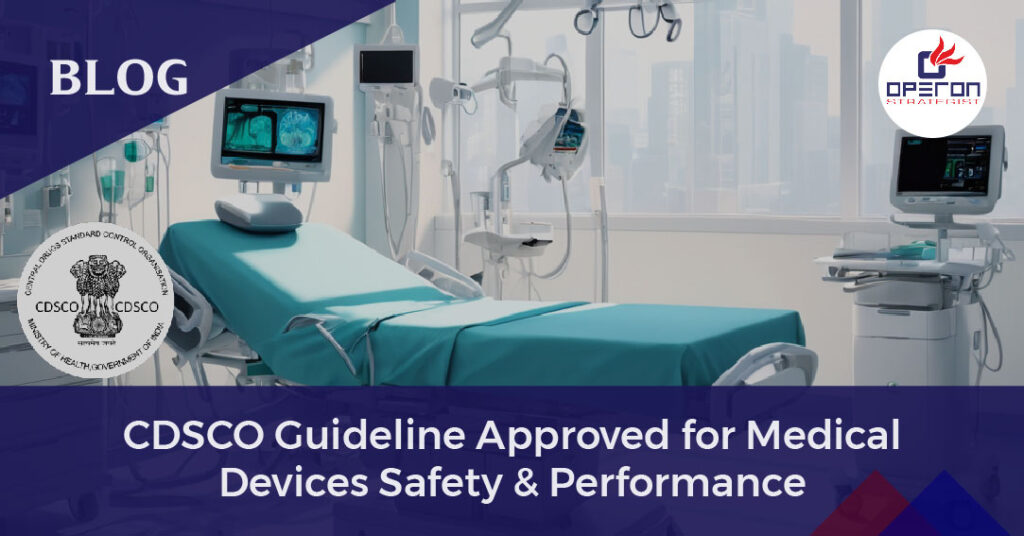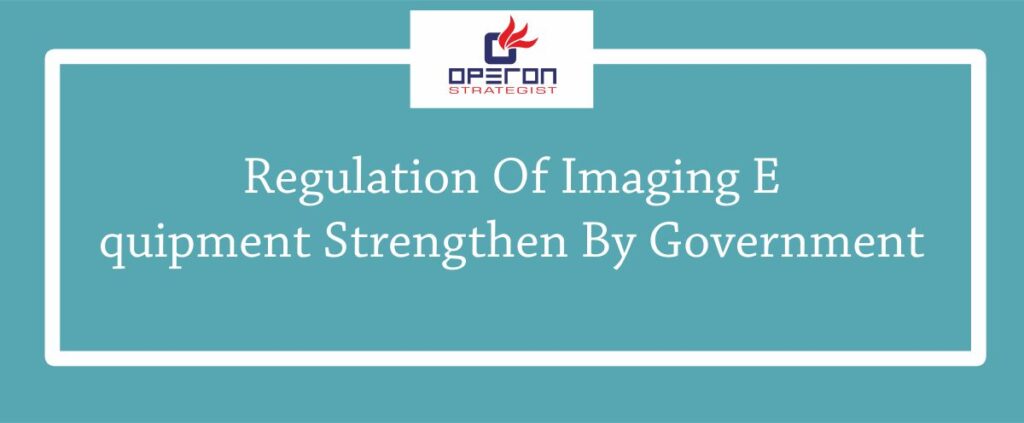Ensuring Compliance in the Dental Scanners Regulation Process
Bringing a dental scanner to market isn’t just about cutting-edge design—it’s about ensuring safety, effectiveness, and full compliance with the dental scanner regulation process. Without meeting strict quality and safety standards, even the most advanced scanner won’t be approved for use.
What Are Dental Scanners & Why Are They Essential?
Dental scanners are high-precision devices that capture 3D images of a patient’s oral cavity. By replacing traditional molds, they provide dentists with a faster, more accurate, and comfortable way to diagnose conditions, plan treatments, and design prosthetics.
Looking For a Medical Device Regulatory Consultant?
Let’s have a word about your next project
Navigating the Regulatory Compliance Process
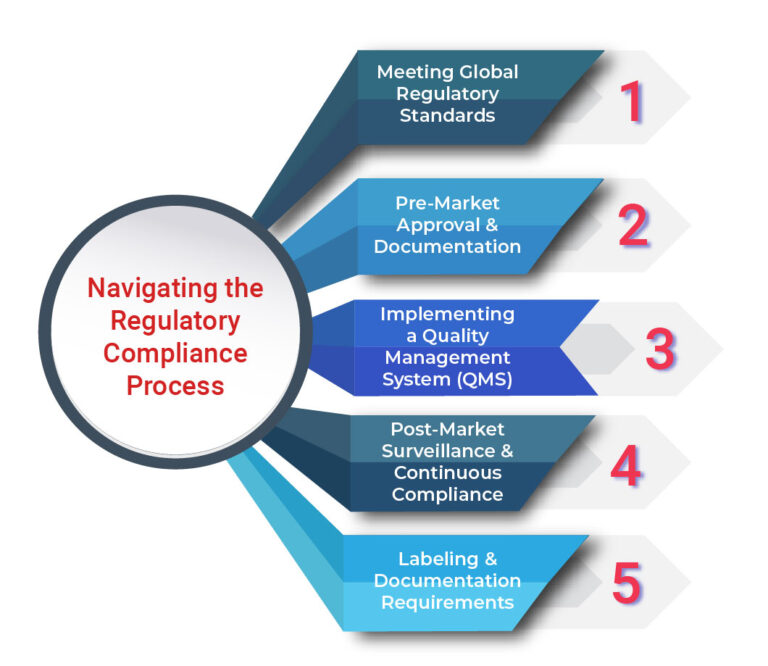
For a dental scanner to be legally sold and used, manufacturers must meet international safety and performance standards. Here’s a step-by-step look at what’s required:
1. Meeting Global Regulatory Standards
Manufacturers must comply with the regulations of key health authorities, including:
- FDA (USA): Ensures proper classification and premarket approval (PMA) or clearance (510(k)).
- CE Marking (EU): Certifies compliance with Medical Device Regulation (MDR) standards.
- CDSCO (India): Oversees compliance with Indian medical device regulations.
2. Pre-Market Approval & Documentation
Before a scanner hits the market, manufacturers must submit:
- Technical specifications & performance reports
- Clinical trial data proving safety & effectiveness
- Risk assessment & mitigation plans
- Manufacturing process details
- Regulatory filings (e.g., FDA 510(k), MDR documentation)
This ensures that every device meets safety, reliability, and quality benchmarks.
3. Implementing a Quality Management System (QMS)
A strong QMS is essential to maintaining compliance throughout the product lifecycle. ISO 13485 is the internationally recognized standard, covering:
- Design & development controls
- Risk management procedures
- Production & testing validation
- Corrective & preventive actions (CAPA)
4. Post-Market Surveillance & Continuous Compliance
Compliance doesn’t stop once the scanner is approved. Ongoing monitoring is required to ensure patient safety and product effectiveness. This includes:
- Tracking adverse events & customer feedback
- Conducting periodic audits & risk reassessments
- Updating regulatory filings based on real-world data
5. Labelling & Documentation Requirements
Proper labelling ensures users understand how to safely and effectively operate the device. Compliance requirements include:
- Clear usage instructions & warnings
- Official compliance symbols (FDA, CE, etc.)
- Unique Device Identification (UDI) for traceability
- Translations for international markets
Know more in detail about Dental Scanners Regulatory Compliance!
How Operon Strategist Simplifies Compliance
The regulatory process can be overwhelming, but Operon Strategist makes it easier with expert guidance and tailored solutions including:
✔ Regulatory Submissions – Helping manufacturers obtain FDA, CE, and other approvals.
✔ Technical Documentation – Ensuring seamless regulatory filings.
✔ ISO 13485 & QMS Support – Setting up quality management systems for compliance.
✔ Risk Management & Product Testing – Ensuring devices meet safety and performance standards.
✔ Post-Market Compliance – Assisting with audits and ongoing regulatory obligations.
With the right strategy and expert support, manufacturers can bring safe, high-quality dental scanners to market quickly and efficiently—ensuring global reach, regulatory approval, and patient safety.
Contact us to know about the Regulatory Compliance of the Dental Scanners in detail!
- adminhttps://operonstrategist.com/author/admin-2/
- adminhttps://operonstrategist.com/author/admin-2/
- adminhttps://operonstrategist.com/author/admin-2/
- adminhttps://operonstrategist.com/author/admin-2/

